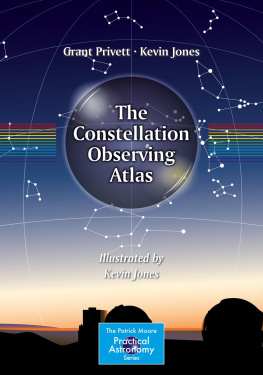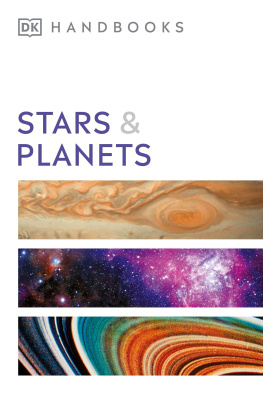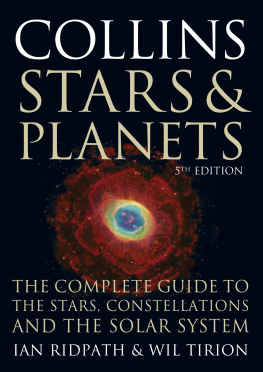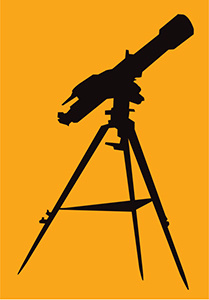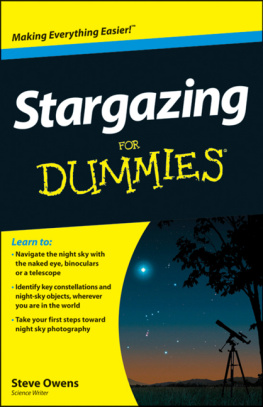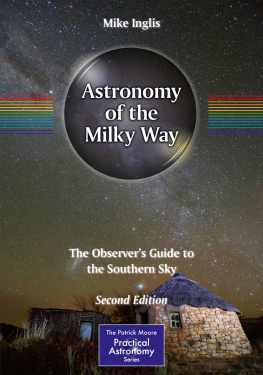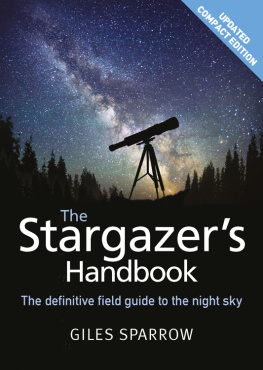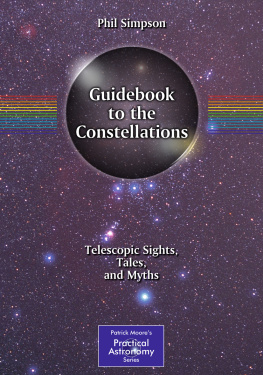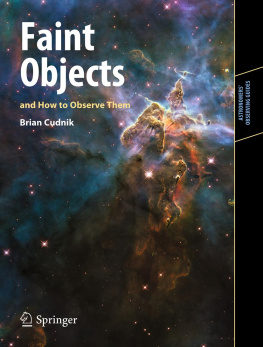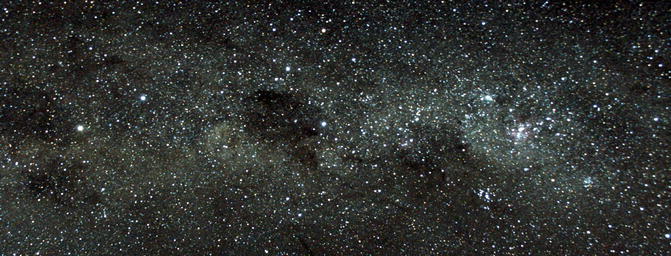Recognizing the Constellations
If you go out to a dark site on a moonless clear night, at any given moment you will be able to see between 2,000 and 3,000 stars. The brightest of these form the shapes and patterns we recognize as the constellations. It would be daunting and pointless to try to remember the locations of all these stars. But to find your way around the sky and hunt down attractive double stars, variable stars or deep sky objects, you need only memorize the constellation outlines to provide a sky-wide series of reference points.
Fortunately, humans are very good at pattern spotting and have been finding patterns within the stars for thousands of years probably as far back as the time of the Great Rift Valley in Africa. Many of the constellation patterns we use today were bequeathed to us by the Babylonians, Greeks and Romans and so come complete with a rich, and sometimes faintly bizarre, associated mythology. Later, additional constellations and many star names were supplied by Arabian astronomers and, more recently, by European astronomers who visited the southern hemisphere during the seventeenth and eighteenth centuries.
However, while a few constellation outlines truly look like their namesakes Orion the Hunter does look rather like a man with a bow most do not. Some display so little resemblance that you have to assume that the Greeks were either incredibly imaginative or were drinking far too much when they assigned the names. The abstract patterns led to a plethora of constellations being proposed, many of which grouped together a handful of dim stars that had not been integrated into larger constellations. Constellations with wonderful names such as Officina Typographica and Turdus Solatrius abounded until order was finally brought to what had been a mapping free-for-all.
The patterns employed by astronomers today were formalized in 1930 when the International Astronomical Union (IAU) assigned stars to 88 constellations, formalized the breakup of the enormous and unwieldy Argo Navis constellation into more manageable bits, and fixed the constellation border outlines for good. Some stars also ended up being shared. In effect, the IAU pinned down the constellation outlines like country borders on a map of Earth and defined reference points for the celestial equivalent of latitude and longitude declination and right ascension, respectively. It certainly made life easier for everyone involved. At last you knew that if you mentioned a star that was, for example, the second brightest in the constellation of Leo, everyone knew which star you were talking about as the ambiguity had been removed.
Some other patterns such as the Summer Triangle formed by the bright stars Altair, Deneb and Vega are also well known and recognized by most amateur astronomers, but these are not constellations and will mean little to most professional astronomers.
Although the stars we see are all moving in orbits around the center of the galaxy, the amount they appear to move across the sky every year their proper motion is so tiny it was difficult to measure until recently. It will be thousands of years before the constellations change shape enough for it to become obvious to the casual observer. So, unless medicine makes some pretty stunning breakthroughs, for our purposes the star positions given in the charts within this book will not change significantly during your lifetime.
Makeup of Stars and Galaxies
All the stars you see at night are suns similar to our own but have been reduced to mere pinpricks of light by their huge distance from us. Some of the stars we see are smaller than our Sun and will shine on long after our Sun is reduced to a dim smoldering ember; other, more massive stars will live fast, brilliant lives and die young often in explosions that will briefly outshine the whole galaxy. Our Sun is already five billion years old and is likely to burn for at least another five billion years before entering its giant stage. Then it will shrug off its outer layers to form a short-lived planetary nebula before eventually being reduced to a slowly fading white dwarf star.
Fig. 1
The Milky Way is a splendid sight on a clear and dark night and provides many opportunities for browsing with binoculars. This view was captured from Australian suburbia and includes Alpha and Beta Centauri, Crux and part of Carina (Image by Grant Privett)
The stars you can see are members of our galaxy a vast stellar conglomeration containing roughly 300 billion suns together with clouds of dust and gas all bound together by their mutual gravitational attraction. As has been said elsewhere, viewed sideways on, our galaxy would look rather like two fried eggs slapped back to back. Whereas, if viewed from above the stars would take up a spiral pattern similar to that seen around a plughole as water leaves a sink. The spiral is not quite pure and our galaxy is actually a slightly barred spiral, but the edge-on profile remains broadly that of the fried eggs analogy.
Our Sun lies out toward one edge of the galaxy, and most of the stars you see with the naked eye lie within a 1,000 light year radius and so encompass less than 1 % of the width of our galaxys spiral disc. When we look out at night we see the individual stars within our immediate neighborhood strewn across our sky. Beyond this, the dim glimmers of light arriving from more distant stars within the disc combine to form a hazy band of light that encircles the sky and forms the Milky Way a familiar and magical sight in its own right when viewed from a dark location. Against it are seen darkened areas where the dust and gas leftover from when the stars formed still lies, obscuring the light from the stars beyond.
Reference System
Because Earth rotates upon its axis, the stars, when viewed from a location north of the equator, appear to rotate about a point in the northern sky the North Celestial Pole (NCP) during the course of a night. Similarly, for observers in the southern hemisphere stars appear to rotate about a point in the southern sky the South Celestial Pole (SCP), while an observer at the equator gets to see the whole sky rotate about two points on opposite horizons.
The poles are used as reference points in astronomy, rather like the North and South poles on Earth. The NCP is defined as +90 declination while the SCP is defined as 90. The stars halfway between those passing overhead at the equator have a declination of 0 and are located on the celestial equator.
A declination value is analogous to the more familiar latitude used on Earth. Similarly, a longitude analog called right ascension is employed to define how far east of a reference point on the celestial equator a location is. The reference point employed to define the zero point of right ascension is the location in the sky where the Sun moves from the southern sky to the northern sky as it makes its circuit during the year. While declination is expressed as degrees, right ascension will normally be found in hours (each hour covering 15 and 24 h covering the whole 360 swathe of the celestial equator).

